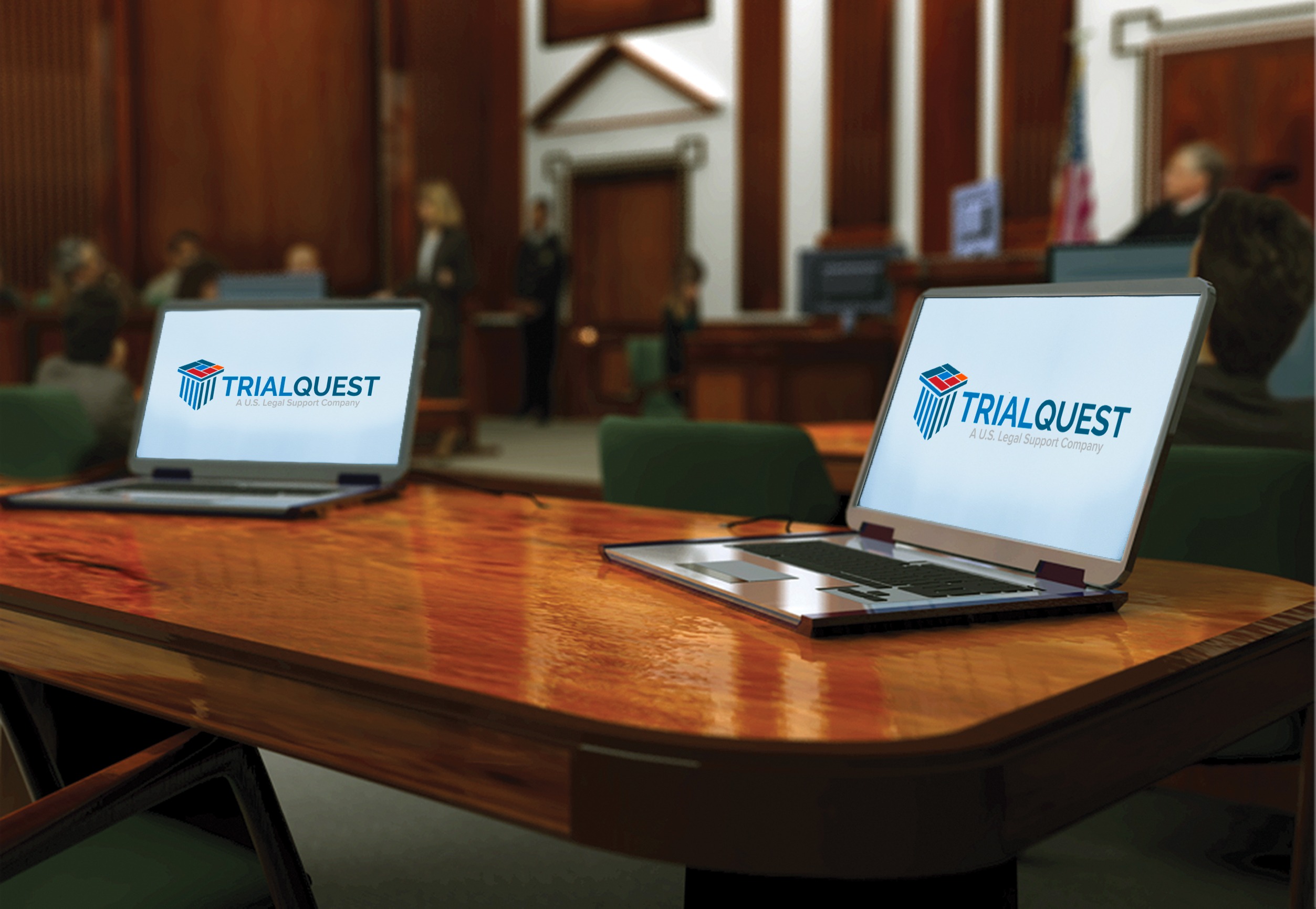The Role of Multimedia Elements in Creating Powerful Trial Presentations
The Role of Multimedia Elements in Creating Powerful Trial Presentations
Blog Article
The Power of Visuals in Trial Presentations for a Winning Debate
The combination of visuals in trial presentations has actually emerged as a crucial factor in efficiently connecting complex disagreements to jurors. By making use of various types of aesthetic help-- be it diagrams, photographs, or animations-- attorneys can improve understanding and retention, inevitably shaping the jury's understanding of the instance. This strategy not only clarifies complex stories yet additionally establishes an emotional resonance that can influence decision-making. As we check out the subtleties of this approach, it comes to be important to think about exactly how certain sorts of visuals can make a substantial distinction in test end results. What sensible strategies might attorneys employ to maximize this potential?
Importance of Visuals in Trials
In several lawful settings, visuals play an important function in enhancing the performance of test presentations. The integration of visual components can substantially affect jurors' understanding and retention of complex information, therefore forming their perceptions and choices. Visuals, such as graphes, diagrams, and photographs, can streamline elaborate narratives, making them extra easily accessible and compelling.
Moreover, the human mind processes aesthetic info more successfully than text, which underscores the value of integrating visuals right into legal arguments. By converting dense lawful concepts right into visual layouts, attorneys can promote clearer interaction, guaranteeing that bottom lines are not overlooked throughout tests.
Furthermore, visuals offer to engage jurors on a psychological level, promoting a link to the situation that words alone might fail to attain. The tactical use visuals can evoke empathy, motivating jurors to think about the human facets of the case.
Eventually, the relevance of visuals in trials exists in their ability to improve quality, improve juror interaction, and enhance the narrative being provided. This powerful mix is important for crafting influential arguments that resonate with jurors and influence the end result of lawful proceedings.
Types of Visuals to Make Use Of
Reliable trial presentations can considerably profit from a variety of visual tools that accommodate various facets of the case. trial presentations. Utilizing representations and graphes can successfully damage down complex information, making it much more digestible for jurors. For example, flowcharts can highlight the series of occasions, while bar charts might succinctly compare relevant data points.

Animations and simulations can likewise play an essential duty, especially in cases involving technological information or complex circumstances. These visuals can dynamically stand for processes or activities, offering clarity and involvement that static photos might not achieve.
Furthermore, infographics incorporate message and visuals to summarize vital details efficiently. They can present timelines, stats, and substantial case factors in a visually appealing fashion, making it simpler for jurors to follow the debate.
Enhancing Comprehension and Retention

Enhancing comprehension and retention during trial presentations is important for making sure that jurors linked here grasp the vital components of an instance. Aesthetic help work as effective devices hereof, translating complicated info right into conveniently absorbable layouts. By making use of graphes, diagrams, and infographics, attorneys can streamline intricate data and highlight vital points that might or else be overlooked.
Researches have revealed that individuals preserve info considerably much better when it is provided aesthetically. This is especially pertinent in a test setting, where jurors may be bewildered by the volume of proof and testimony. By purposefully incorporating visuals, lawyers can direct jurors' interest to one of the most important aspects of the situation, enhancing their understanding and memory of the material offered.

Creating Involving Presentations
Fascinating jurors' attention during test presentations is crucial for communicating an engaging narrative. Involving discussions take advantage of aesthetic elements to produce a memorable experience that resonates with jurors. The critical usage of graphics, computer animations, and videos can illuminate complex info, making it extra available and relatable.

Furthermore, incorporating narration techniques can improve engagement. Providing proof in a rational series that builds sob story enables jurors visit their website to connect with the material on an individual level. Diverse presentation styles, such as including short video or interactive components, can also endure interest and interest throughout the test.
Ultimately, an appealing discussion fosters a much more extensive understanding of the instance, allowing jurors to much better value the arguments being provided and bring about a more positive end result.
Study and Success Stories
Many instance studies highlight the significant effect of visuals in test discussions, showing their ability to influence juror understandings and eventually the end results of instances. As an example, a noteworthy situation including an injury case highlighted just how making use of a 3D animation of the accident scene clarified complicated details. Jurors reported feeling more informed and empathetic, considerably persuading their decision in favor of the plaintiff.
In an additional circumstances, a company lawsuits situation used infographics to present financial information and timelines, making detailed details obtainable. The graph allowed jurors to grasp the nuances of the instance extra successfully than verbal explanations alone. trial presentations. As an outcome, the court returned a decision that exceeded the customer's assumptions
Additionally, a criminal defense case used photos and video proof to establish an alibi. The compelling visuals not just assisted in creating uncertainty however also reverberated mentally with jurors, leading to a pardon. These success stories underscore the need of integrating visuals right into trial presentations, as they improve understanding, retention, and ultimately, the persuasive power of lawful arguments. The critical use of visuals is unquestionably changing the landscape of trial campaigning for.
Verdict
In conclusion, the calculated unification of visuals in test discussions significantly enhances jurors' comprehension and retention of complicated info. Involving discussions, sustained by engaging instance researches, show the extensive influence that visuals can have on persuasive communication.
Report this page